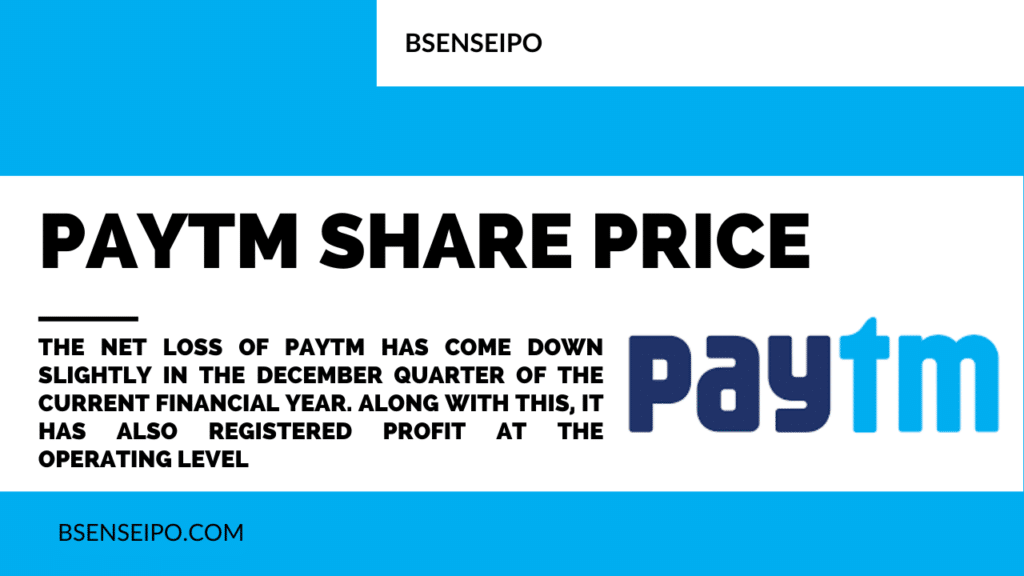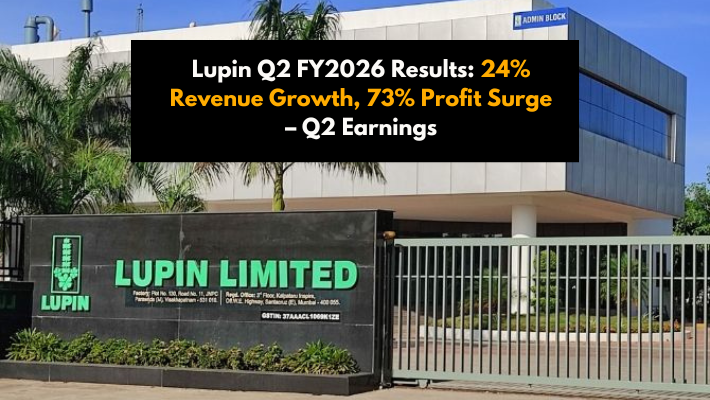PAYTM SHARE PRICES: Paytm’s business income has increased by 42 percent in the December quarter, will the shares shine from here?
The net loss of Paytm has come down slightly in the December quarter of the current financial year. Along with this, it has also registered profit at the operating level. The Paytm share price is not expected to move much despite the operating performance improvement as the stock outlook has changed.
Paytm Share Prices: Shares of Paytm (Market Price: Rs 616, Market Cap, Rs 40,000 crore) have seen a rally in the last few days after the net loss of Paytm narrowed slightly in the December quarter of the current financial year. Better December quarter results have brought relief to its shares, which have fallen nearly 74 percent since their listing in November 2021. At the same time, the wealth of its shareholders has decreased by about Rs 1 lakh crore. To top it all Paytm has reported operating profit (net of ESOP cost) for the first time since its bourses listing, which is about 3 quarters ahead of its target.
Could the December quarter results be a turning point for Paytm and more importantly, are the good days for its stock going to start from here? Let us first take a look at its results.
Operating performance improves in the December quarter
The fintech sector’s net loss narrowed to Rs 392 crore in the December quarter from Rs 779 crore in the same quarter last year. The loss of the company has also been reduced on a quarterly basis.
Since the first focus of new-age companies is to increase revenue in the initial days, profits may remain distant for a long time. In such a situation, it would make more sense to look at its operating performance here.
Paytm’s business income grew 42 percent in the December quarter. The company said an increase in merchant subscription revenue, higher loan disbursements, and increased activity in its e-commerce business helped it boost its earnings in the December quarter. It is worth noting here that in the third quarter of the last financial year, the revenue growth was strong even without the UPI incentive. The same is likely to be recorded in the next quarter of this financial year as well.
Paytm’s GMV (gross merchandise value) stood at Rs 3.46 lakh crore in the December quarter and has grown by 38 percent over the same quarter last year. GMV is a key metric to measure the performance of fintech companies and measures the value of total payments made to merchants through Paytm’s platform over a specified period of time. It should be noted that GMV does not include consumer-to-consumer money transfers and other such payments.
The company’s lending business saw strong growth during the December quarter. Apart from this, there was good growth in the high-margin e-commerce business and cloud service provided to merchants. Due to these high-margin offers, the company’s contribution profit margin increased to 51 percent in the December quarter from 31 percent in the same quarter last year. Contribution profit is a measure that measures the income of a business after deducting payment processing charges, promotional cash-backs, incentives, and other such direct costs.
Profits are still far away
Despite a positive contribution margin, Paytm posted a loss in the December quarter due to indirect costs. Indirect costs include the company’s marketing expenses, employee costs, and investments in data centers and cloud infrastructure.
The company’s indirect expenses (excluding ESOP cost) have remained stable at around Rs 1,000 crore for the last three quarters. If this trend continues further, it may give profit to the company at the operating level. Because the revenue of the company is increasing at a good rate. Hence, it may help in achieving net profit in the future. A glimpse of this operating profit has already been seen during the December quarter. The company’s indirect expenses (excluding ESOP cost) declined to 49 percent in the December quarter from 58 percent in the same quarter last year.
However, it is to be noted here that the company records its operating EBITDA (Earnings Before Interest, Taxes, Depreciation, and Amortization) before ESOP cost. Since ESOP is also a kind of employee cost and this cost is an integral part of the business. Especially for a startup. Hence, investors should look at EBITDA along with ESOP cost. For the time being, the company’s annual ESOP cost is likely to remain high at Rs 1,500 -1,600 crore for the next 3-4 years.
Interestingly, 70 percent of the ESOPs given before the IPO went to the company’s founder and CEO Vijay Shekhar Sharma. These ESOPs were given at a price of Rs 9, while the company’s IPO came at a price of Rs 2,150. Last month, a proxy advisory firm, Institution Investor Advisory Services (IiAS), wrote a letter to SEBI regarding Paytm’s ESOP.
Overall, the company reported profit at the operating level (excluding ESOP cost) in the December quarter. However, it will still take some time for the company to achieve net profit and free cash flow.
The lending business is growing fast, but the risk is yet to be tested
Paytm’s business model is to offer payment solutions to customers and merchants. It also cross-sells them high-margin financial services and cloud services. In such a situation, its lending business becomes very important in terms of profit and valuation of the company.
Financial services contributed 22 percent to Paytm’s total revenue during the December quarter, compared to just 9 percent in the same quarter last year. This clearly shows that Paytm’s lending business (Personal Loans, Merchant Loans, and Paytm Postpaid) has grown well compared to last year. Paytm disbursed loans worth Rs 9,958 crore in the December quarter. Of this, 52 percent of the loans are under the ‘BNPL (Buy Now Pay Later)’ facility offered to Paytm postpaid customers.
BNPL is a fast-growing business vertical for the company, but it is yet to be tested from a risk perspective. Rising inflation and interest rates can have a negative impact on it. Also, with the coming of other NBFCs, the competition is getting tougher.
Regulatory threat
The Reserve Bank of India (RBI) barred Paytm Payments Bank from adding new customers in March last year. This was a major setback to Paytm’s plans to get a banking license. The company has not yet told when this ban will be lifted. Any positive news in this regard can have a positive impact on its shares.
Apart from this, many more regulatory changes are also discussed in the coming times. This includes guidelines on digital lending business, fee regulation for various channels of digital payments, etc., which can affect Paytm’s business. 61 percent of Paytm’s revenue comes from the payment business.
Not expecting a re-rating yet
Paytm’s IPO came at a valuation of around 1,39,000 crores. On this valuation, the possibility of getting a banking license in the future company was expressed. However, now it seems that getting a banking license is going to be very difficult for Paytm. Also, Paytm is not the only big company in this field to take advantage of financial services going online.
Paytm has performed better in the December quarter and its market cap has also come down to below 40,000 crores. Still, why doesn’t it make sense to buy the stock at the current price?
Paytm has been in news since its listing. The recent announcement of buybacks has not been good for the market and many questions have been raised about the intention behind it. To regain the confidence of investors, the company will have to consistently improve earnings while maintaining high standards of corporate governance.
The company’s valuation has come down to a reasonable level of 3.5x (from 13.4x) to FY24 estimated revenue. But rising interest rates and a lack of funding have added to the negative climate for tech startups around the world. Loss-making tech companies have been hurt the most. Along with this, it has also told investors about the metrics used for the correct valuation of tech companies.
Therefore, the valuation of Paytm where currently based on revenue multiples, GMV multiples, and user base multiples may look attractive. On the other hand, valuations have now been ‘reset’ to cash flow/profit keeping in mind the market environment and both cash flow and profitability are still some time away for Paytm. Simply put but Paytm’s share price is not expected to move much despite the improvement in operating performance as the way of looking at the stock has changed.
MORE FOR YOU








